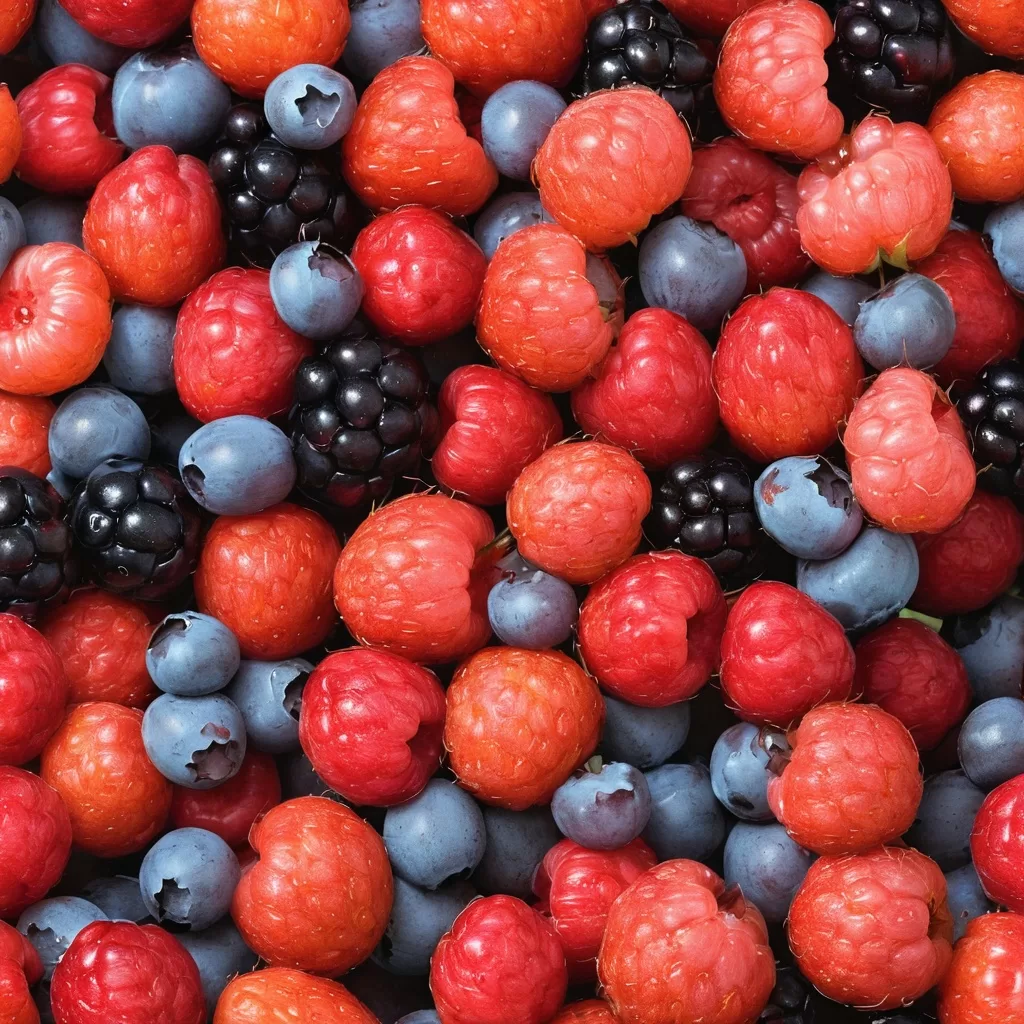Understanding Intoxication in Birds
Intoxication in birds occurs when they consume substances that affect their nervous system and behavior. This section covers the physiological aspects, common causes of intoxication, and how to identify symptoms in affected birds.
Physiology of Avian Intoxication
Birds metabolize alcohol and other intoxicants differently than mammals. Their bodies lack the same enzymes needed to break down these substances effectively. This impaired metabolism can lead to higher blood alcohol levels and prolonged effects.
In birds, intoxication primarily affects the central nervous system. Symptoms may include impaired motor function, altered behavior, and other neurological effects. There is evidence that certain species, like cedar waxwings, are more susceptible due to their dietary habits, particularly in consuming overripe fruits.
Common Causes of Intoxication
The primary cause of intoxication in birds is the ingestion of fermented fruits. For instance, overripe berries and other fruits can ferment naturally and produce alcohol. Birds consume these fruits, leading to increased alcohol in their systems.
Other contributing factors include nectar from fermenting flowers and certain human-related sources, such as discarded alcoholic beverages. Environmental conditions, such as warm weather, can accelerate fermentation, increasing the likelihood of intoxication among local bird populations.
Symptoms and Detection
Observing intoxicated birds involves recognizing specific behavioral signs. Common symptoms include difficulty flying, disorientation, and lack of coordination. Birds may also exhibit unusual vocalizations or lethargy.
Detection can be aided by monitoring feeding behaviors, especially around fruiting plants. Birds may spend excessive time at these sites and exhibit erratic movements after consuming fermented fruits. It is vital for individuals to be attentive to these signs to help ensure the safety of intoxicated birds.
Impact and Risks
The intoxication of birds primarily arises from natural sources, such as fermented fruits. This phenomenon can have significant implications for bird populations and their interactions with humans.
Effect on Bird Populations
Intoxication can severely affect bird populations by impairing their ability to navigate and evade predators. Birds that consume fermented berries may exhibit compromised flight patterns, leading to increased vulnerability to hunting or collisions.
Species such as American robins and cedar waxwings have been documented to experience these effects more frequently during periods when fermented fruit is readily available.
If intoxication becomes common, it may lead to decreased survival rates, particularly among juvenile birds still learning to navigate their environments. This can disrupt breeding cycles and potentially impact the population dynamics of various species.
Human-Wildlife Conflicts
Intoxicated birds can create conflicts with humans, particularly in residential areas. Their erratic behavior may result in accidents, such as birds colliding with windows or becoming stranded on the ground.
When intoxicated, birds lose their natural fear of humans, which may lead to increased encounters. This behavior could result in disturbances, as birds may roost in places like yards or public spaces, creating a nuisance.
Additionally, the perception of intoxicated birds can affect public sentiment about wildlife. Misunderstandings may arise, fueling negative attitudes towards certain species, which can influence local conservation efforts.
Preventive Measures and Rehabilitation
Effective prevention and rehabilitation strategies are crucial for supporting intoxicated birds. Implementing mitigation strategies can significantly reduce risk factors and enhance recovery through structured rehabilitation protocols.
Mitigation Strategies
Mitigation strategies focus on preventing exposure to toxic substances. To achieve this, it is essential to promote awareness about the dangers of household toxins, such as certain plants, human medications, and pesticides.
- Education: Providing information to bird owners about common hazards can minimize risks.
- Habitat Management: Encouraging natural habitats free from toxins helps reduce environmental exposure.
- Safe Feeding Practices: Birds should be fed species-appropriate diets that avoid toxic foods like avocados or chocolate.
Regular monitoring of bird environments and prompt reporting of unknown substances can assist in early detection, aiding in prevention.
Rehabilitation Protocols
Rehabilitation protocols for intoxicated birds involve specific steps to ensure their recovery. Timely intervention is key to increasing survival chances.
- Assessment: Initial evaluation includes determining the type of intoxication and severity of symptoms. This may involve blood tests and clinical examinations.
- Supportive Care: Providing fluids and nutritional support helps stabilize the bird’s condition.
- Decontamination: If applicable, the removal of toxins through methods such as activated charcoal may be necessary.
Collaboration with licensed wildlife rehabilitators is vital for implementing these protocols effectively. Continuous monitoring throughout the rehabilitation process ensures the bird’s progress is documented and adjustments are made as needed.
Share this content:

Post Comment
You must be logged in to post a comment.